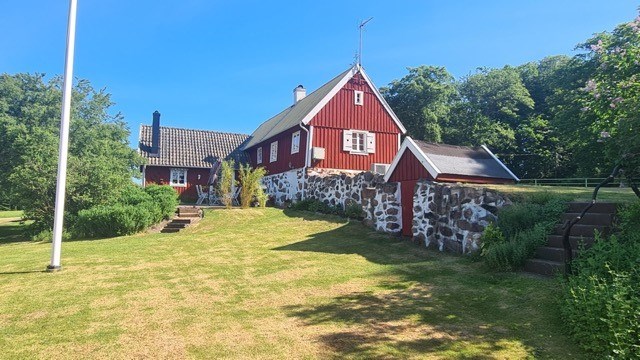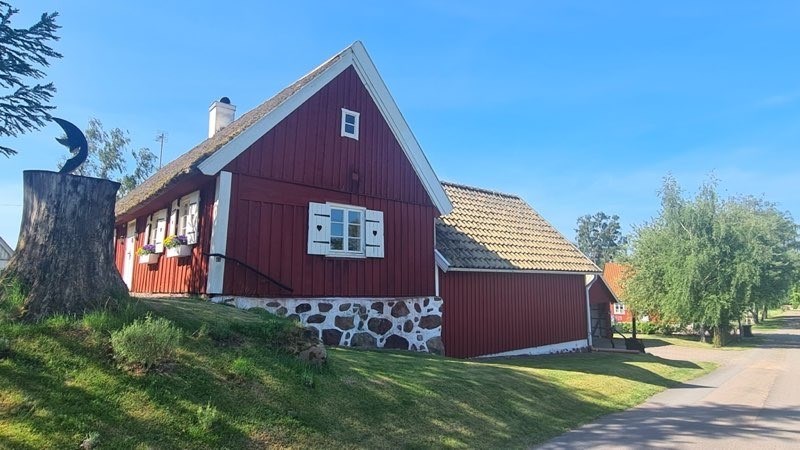Nine Finalists Advance in NASA’s Power to Explore Challenge
NASA has named nine finalists out of the 45 semifinalist student essays in the Power to Explore Challenge, a national writing competition for K-12 students featuring the enabling power of radioisotopes. Contestants were challenged to explore how NASA has powered some of its most famous science missions, and to dream up how their personal “superpowers” would energize their success on their own radioisotope-powered science mission.
I am always so impressed by quality of the essays and the creativity of the ideas that the students submit to NASA’s Power to Explore Challenge.
Carl Sandifer II
Program Manager, NASA Radioisotope Power Systems Program
The competition asked students to learn about NASA’s radioisotope power systems (RPS), likened to a “nuclear battery” that the agency uses to explore some of the most extreme destinations in our solar system and beyond. Long before the early days of Apollo, our Moon has inspired explorers of all ages to push beyond known limits to realize impossible dreams. These systems have enabled NASA to discover “moonquakes” on Earth’s Moon and study some of the most extreme moons of the solar system, which have active volcanoes, methane lakes, and ice glaciers. As of March 25, NASA has discovered over 891 moons, each with secrets ready to be unlocked.
Students were challenged to pick any moon in our solar system’s exploration could be enabled by this space power systems. In 275 words or less, they dreamed up a unique exploration mission of this moon and described their own power to achieve their mission goals.
The Power to Explore Challenge offered students the opportunity to learn more about these reliable power systems, celebrate their own strengths, and interact with NASA’s diverse workforce. This year’s contest received 2,051 submitted entries from all 50 states, U.S. territories, and the Department of Defense Education Activity overseas.
”I am always so impressed by quality of the essays and the creativity of the ideas that the students submit to NASA’s Power to Explore Challenge.” said Carl Sandifer, program manager of the Radioisotope Power Systems Program at NASA’s Glenn Research Center in Cleveland. ”I’m looking forward to welcoming the winners to NASA’s Glenn this summer.”
Entries were split into three categories: grades K-4, 5-8, and 9-12. Every student who submitted an entry received a digital certificate and an invitation to the Power Up virtual event held on March 21 that announced the semifinalists. Students learned about what powers the NASA workforce to dream big and work together to explore.
Three national finalists in each grade category (nine finalists total) have been selected. In addition to receiving a NASA RPS prize pack, these participants will be invited to an exclusive virtual meeting with a NASA engineer or scientist to talk about their missions and have their space exploration questions answered. Winners will be announced on May 7.
Grades K-4
Mini M, Ann Arbor, Michigan
Zachary Tolchin, Guilford, Connecticut
Terry Xu, Arcadia, California
Grades 5-8
Lilah Coyan, Spokane, Washington
Maggie Hou, Snohomish, Washington
Sarabhesh Saravanakumar, Bothell, Washington
Grades 9-12
Faiz Karim, Jericho, New York
Kairat Otorov, Trumbull, Connecticut
Saanvi Shah, Bothell, Washington
About the Challenge
The challenge is funded by the Radioisotope Power Systems Program Office in NASA’s Science Mission Directorate and administered by Future Engineers under a Small Business Innovation Research phase III contract. This task is managed by the NASA Tournament Lab, a part of the Prizes, Challenges, and Crowdsourcing Program in NASA’s Space Technology Mission Directorate.
Kristin JansenNASA’s Glenn Research Center Läs mer…

